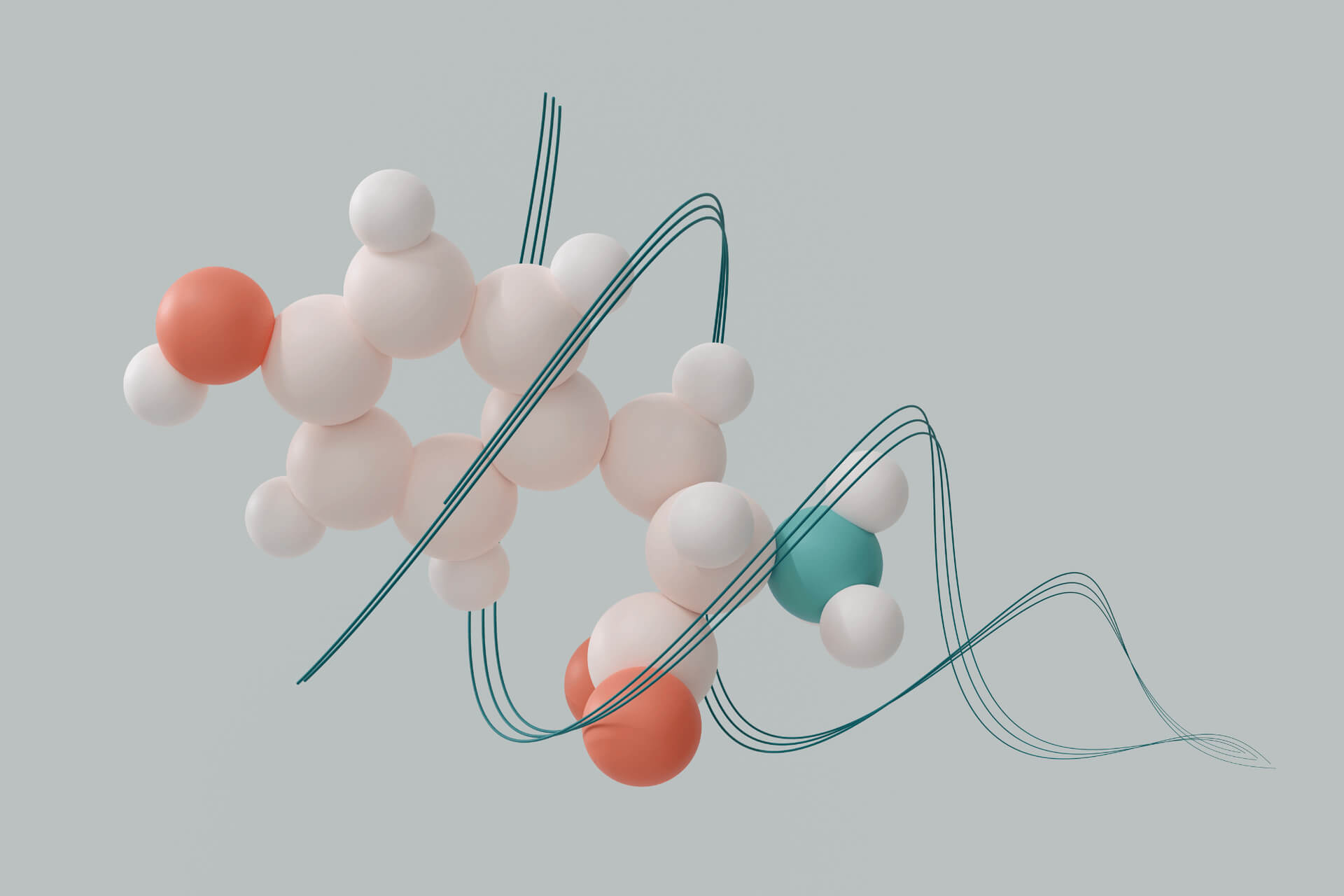
Migraines, a debilitating neurological condition affecting millions worldwide, often have triggers that exacerbate symptoms. Tyramine, a compound found in certain foods, has been linked to migraine attacks in some individuals. Physiotherapy, known for its holistic approach to health, plays a crucial role in managing migraines and addressing dietary triggers like tyramine.
In this blog, our Associate Clinician, Haeley Kan, at the Sydney Headache and Migraine Clinic will explore the relationship between tyramine and migraines, and how physiotherapy can offer effective management strategies.
What is Tyramine and Its Impact on Migraines? Tyramine is a naturally occurring compound found in various foods, especially those that are aged, fermented, or preserved. Examples include aged cheeses, cured meats, and certain fermented products. Tyramine’s role in migraines is attributed to its vasoactive properties, which can affect blood vessel dilation and neurotransmitter release, potentially triggering migraine attacks in susceptible individuals.
How Tyramine Affects Migraines:
- Vasoactive Effects: Tyramine can lead to the release of norepinephrine, a neurotransmitter involved in vasoconstriction. This may result in alterations in cerebral blood flow, contributing to migraine onset.
- Neurotransmitter Influence: Tyramine inhibits the reuptake of serotonin, a neurotransmitter associated with migraine pathophysiology. Changes in serotonin levels can impact pain perception and migraine severity.
Physiotherapy Interventions for Tyramine-Related Migraines: Physiotherapy offers multifaceted approaches to managing migraines, including addressing dietary triggers like tyramine. Evidence-based interventions supported by recent literature include:
- Dietary Education and Modification: Physiotherapists educate patients on tyramine-rich foods and their potential impact on migraines. By identifying and avoiding trigger foods, individuals can reduce the frequency and severity of migraine attacks. A systematic review by Sun-Edelstein et al. (2019) emphasised the importance of dietary modifications in migraine management, highlighting the potential role of tyramine avoidance.
- Stress Management and Relaxation Techniques: Stress is a common migraine trigger, and physiotherapists often incorporate stress management techniques into treatment plans. Relaxation techniques such as mindfulness, deep breathing exercises, and progressive muscle relaxation have been shown to reduce migraine frequency and severity. An RCT by Wells et al. (2014) demonstrated the efficacy of relaxation techniques in migraine management, supporting their inclusion in physiotherapy interventions.
Tyramine-rich foods have been identified as potential triggers for migraines in susceptible individuals. Physiotherapy plays a vital role in managing migraines by addressing dietary triggers like tyramine and implementing holistic interventions to reduce migraine frequency and severity. By educating patients, offering stress management techniques, and promoting lifestyle modifications, physiotherapists empower individuals to take control of their migraines and improve their quality of life.
Please come see our friendly headache clinicians, Marinus Du Preez and Haeley Kan, at Sydney Headache and Migraine Clinic in Zetland, NSW and allow us to assist in your headache journey.
Written by:
References:
Sun-Edelstein, C., Mauskop, A., & Role, D. (2019). Epidemiology of Headaches. Current Pain and Headache Reports, 23(6), 39.
Wells, R. E., Burch, R., Paulsen, R. H., Wayne, P. M., Houle, T. T., Loder, E. (2014). Meditation for migraines: A pilot randomized controlled trial. Headache: The Journal of Head and Face Pain, 54(9), 1484-1495.









